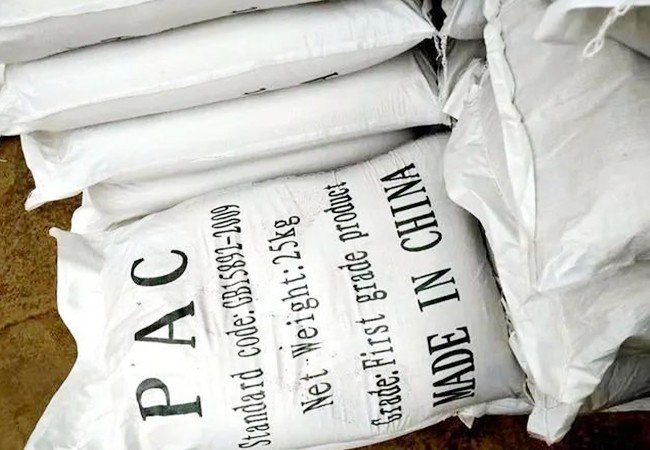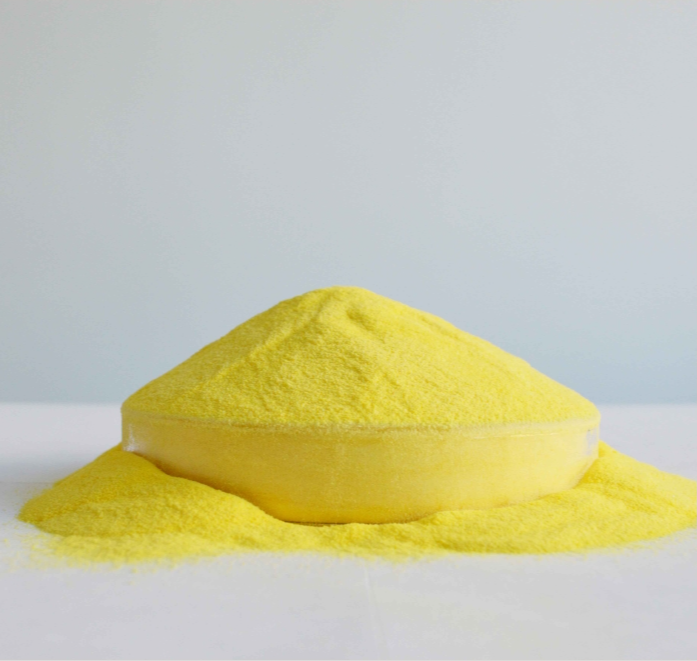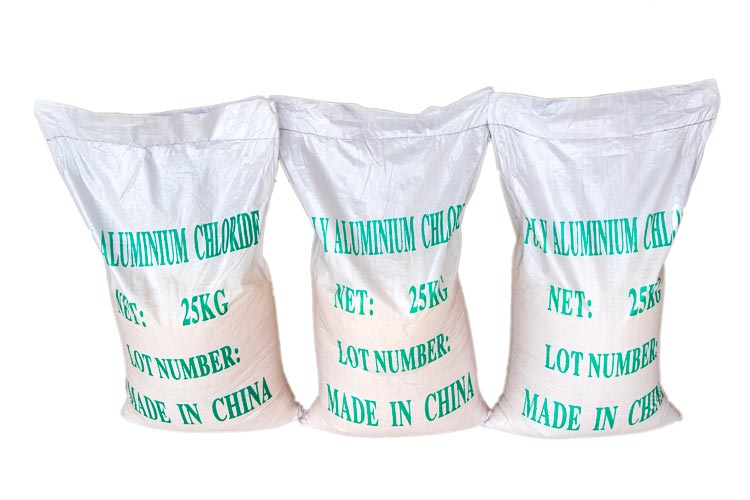
Polyaluminum chloride (PAC) is commonly used as a water treatment chemical for purifying drinking water and treating sewage. When it comes to determining whether PAC is hazardous chemical or not, it is important to delve deeper and make an informed assessment. In this article, we will explore the safety of PAC and provide recommendations on how to properly manage it to ensure safety.

Contents
Basic introduction to PAC:
PAC is a water treatment chemical that is commonly used to purify drinking water and treat sewage. It is a versatile flocculent and coagulant used to remove suspended particles, organics, and other contaminants from water. While PAC has uses in many areas, we need to be concerned about whether it can be dangerous.
Safety of PAC:
PAC is generally not considered a hazardous chemical. Here are some key points about PAC safety:
- Non-toxic: The main components of PAC are aluminum hydroxide and aluminum chloride, which are generally not toxic to humans at low concentrations.
- Stability: PAC is generally stable under normal storage and use conditions and does not produce dangerous reactions or emit harmful gases.
- Proper handling: Although PAC itself is not considered a hazardous chemical, appropriate safety measures such as wearing personal protective equipment and following operating procedures should be taken when handling.
Recommendations for safe use of PAC:
To ensure the safe use of PAC, here are some recommendations to follow:
- Storage: Store PAC in a dry and well-ventilated area, away from incompatible substances. This helps maintain its stability and prevents any potential reactions.
- Operation: When using PAC, it is important to refer to the safety data sheets and follow the recommendations provided by the manufacturer. This ensures that the product is used correctly and minimizes any potential risks.
- Disposal: Properly dispose of discarded PAC according to local environmental regulations. This helps prevent any environmental contamination and ensures compliance with legal requirements.
By following these recommendations, the effective use of PAC can be achieved while prioritizing safety and minimizing any potential risks.

Conclusion
Polyaluminium chloride (PAC) is generally considered a safe chemical for water treatment applications. It is non-toxic, stable, and can be handled safely when proper precautions are taken. By adhering to recommended storage, operation, and disposal practices, the use of PAC can be both effective and environmentally responsible.
FAQs
- Is PAC harmful to humans?
PAC is generally not toxic to humans at low concentrations and is considered safe for use in water treatment. - Can PAC react with other chemicals?
PAC is stable under normal storage and use conditions and does not undergo dangerous reactions with other substances. - How should PAC be stored?
PAC should be stored in a dry, well-ventilated area, away from incompatible substances. - How should discarded PAC be disposed of?
Discarded PAC should be disposed of properly according to local environmental regulations. - Where can I get access to PAC for water treatment?
Get access now: Premium Poly Aluminum Chloride for Superior Water Treatment Results
Last Updated on 2024-07-26 by system
